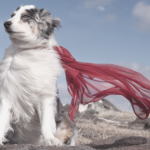Recently, a client of mine was bitten…by the training bug. Her mastiff had been aggressive when he was eating or had a chew toy and was snarling, lunging, and even biting anyone who dared to approach. No small deal, considering his size and rather ferocious appearance! We were able to change the dog’s behaviour (and underlying emotional state) using a well-vetted training protocol, and although we finished our training sessions together, we kept in occasional touch. A few months after we were finished, a message showed up in my inbox:
“How do you become a professional dog trainer?”
She was hooked: seeing a dog go from snarling and biting to drooling and hopeful was just too delicious for it to be a one-time experience. She’d also once attended a dog class and, being a keen observer, she noticed how things can go south.
So how do people become dog trainers? Being on staff at The Academy for Dog Trainers, I am lucky enough to meet many aspiring trainers, and many professional trainers who are interested enough in behaviour change that they have come back to school to gain a new credential. From them, I’ve learned that trainers aren’t, by any means, a uniform bunch. There is a dizzying array of paths that lead to The Academy. Some start training very young; some come to it as a second or even third career. Some are dedicated to shelter and rescue; some find their groove helping owned dogs stay that way. Some love sports; some love tricks; some love peaceful and peaceable strolls in parks. We do all seem to share an important commonality, though: we love learning, and we love dogs.
Since my own path to dog training seemed atypical (sled dogs and sled dog rescue), I outlined a more usual path to my interested client: take classes, assist classes, teach classes, go to school, and gain a credential. But I felt like I could better answer this question, which dog trainers often get, with a poll: how do people get here from there? I wanted to get a good idea of how people arrived at The Academy, and made their way to professional dog training. And The Academy’s constituency, being generous of spirit, came out in spades. Almost 60 of them filled out a survey wherein they checked off their various prior educational credentials and their animal-related experience, such as volunteering at a shelter or participating in dog sports. The survey was fascinating. Most people (41 out of the 59 who participated) checked off between 5 and 15 items on the list, which demonstrates the typical dog trainer’s voracious appetite for broad experience.
In addition to the survey, many of our students and grads also provided a narrative paragraph about their own experiences and decision-making. These paragraphs show the true breadth of experience that dog trainers bring to the table, and highlight the commitment of my colleagues to dogs’ welfare. Reading them, I was moved by the kindness and dedication of our community, and couldn’t wait to share them with anyone interested in training dogs professionally.
In the end, I was unable to give my client a pat answer about how to become a dog trainer. Her journey should include hands-on experience with dogs along with formal education about dog training and behaviour modification (including client counselling, ethology, learning theory, behavior modification, critical thinking, and all the important topics for a practitioner at large in an unregulated field). But the route to that credential, through it, and beyond is widely variable and truly personal.











